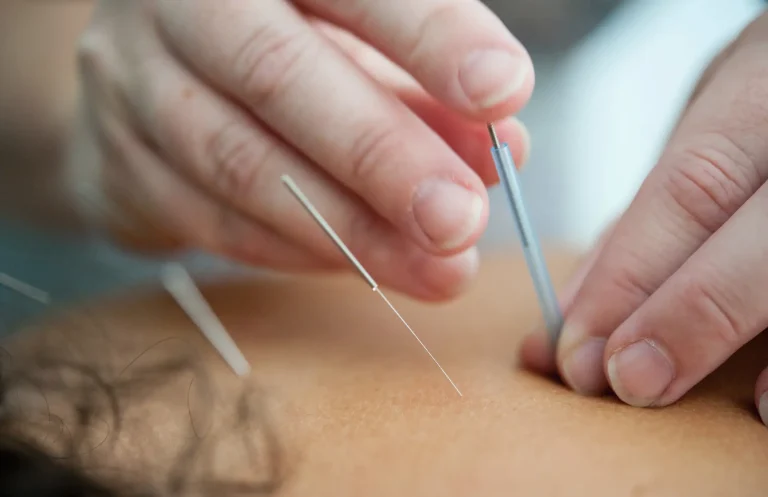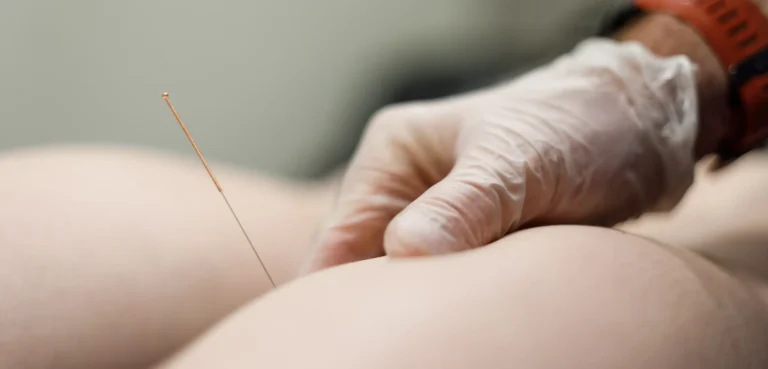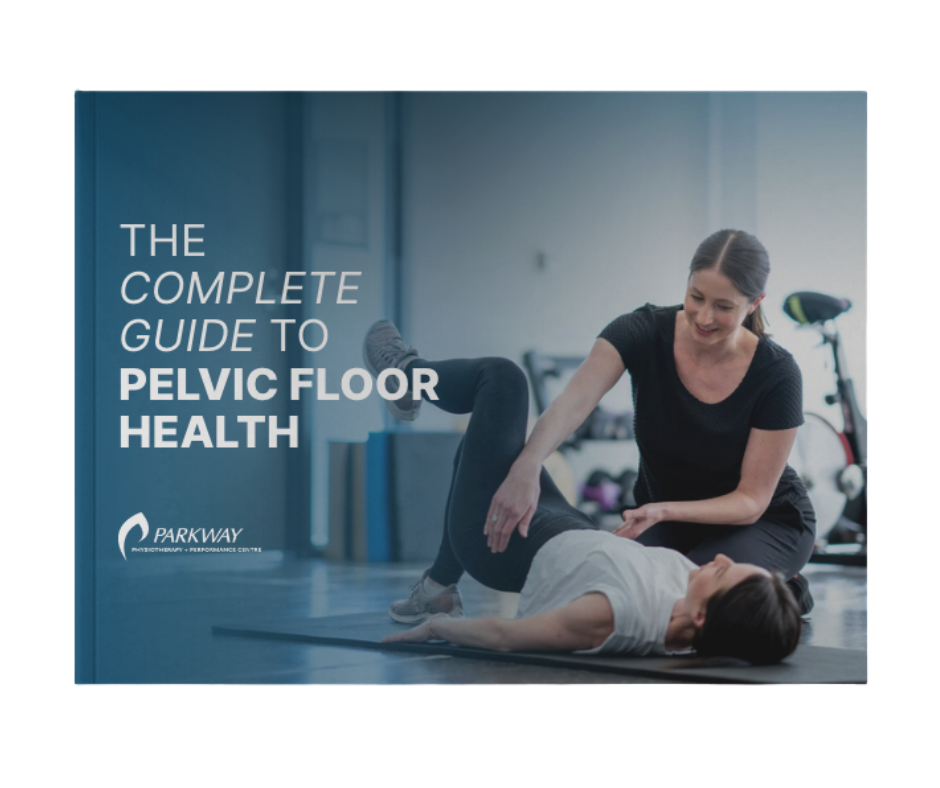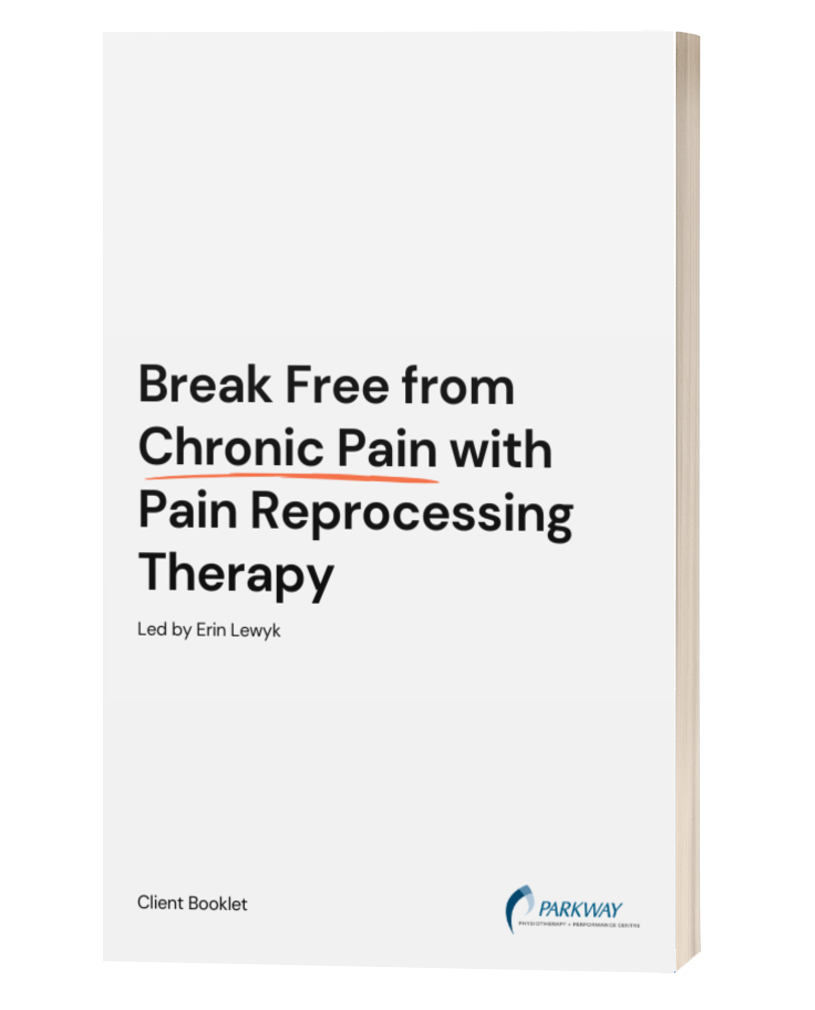Rachel Rubin-Sarganis MScPT | Physiotherapist | Parkway Physiotherapy Tuscany Village
What Is the TFCC?
The Triangular Fibrocartilage Complex (TFCC) is a group of structures located on the small-finger (ulnar) side of the wrist that help stabilize and cushion the joint between the ulna (one of the forearm bones) and the carpal bones (small wrist bones).
- A triangular pad of fibrocartilage with surrounding ligaments and the extensor carpi ulnaris (ECU) tendon sheath
- Lives on the pinky (ulnar) side of your wrist
- Functions like a shock absorber + seatbelt
- Cushions the ulna and carpal bones
- Keeps the radius and ulna aligned as you rotate, pull, or push
Climbing load points: slopers, underclings, gastons, twisting pinches, dynamic mantles.
Early Clues You Might Have a TFCC Injury
- Deep ache or sharp pain on the wrist’s pinky side
- Clicking or a “giving way” feeling with rotation or weight bearing
- Pain with heavy pronation/supination or when leaning hard on slopers and gastons
- Local tenderness or swelling in the hollow beside the ulna
Diagnosis Pathway
Sports medicine and climbing-health literature recommend a stepwise algorithm:
1. Clinical Assessment
- History of climbing loads and any traumatic fall
- Palpation and specific tests: TFCC load test, ulnar fovea sign, piano-key sign
2. Imaging
- X-ray: rules out fractures and checks ulna length (positive ulnar variance increases TFCC stress)
- MRI or MR arthrogram: gold standard to see tears or degeneration
- Diagnostic arthroscopy: used when MRI is inconclusive or surgery is considered
Your Recovery Map
Think three overlapping goals, not just time off.
Stabilize & Protect
- Wrist brace or splint for 4–6 weeks if pain is significant
- Gentle motion (pain-free) to maintain circulation
Rebuild Motion & Strength
- Controlled pronation–supination and ulnar/radial deviation drills
- Isometric wrist holds in neutral and slight ulnar deviation
- Gradual grip and forearm strengthening
Return to Climbing Skills
- Begin with easy climbs and open-hand grips
- Slowly add twisting and compression moves, then underclings and gastons
- Expect 8–12 weeks or longer for a full return depending on tear size and demands
Long-Term Wrist Care for Climbers
- Warm up every session with wrist circles and progressive hangs
- Mix grips—avoid overloading the ulnar side day after day
- Build scapular and core strength so wrists aren’t the first structure to fail
- Respect fatigue: most TFCC injuries occur late in sessions
Quick Exercise Guide
| Exercise | Purpose | Frequency |
| Pronation–Supination with light weight | Restore rotation control | 2–3×/week |
| Ulnar/Radial Deviation with band | Strengthen ulnar stabilizers | 2–3×/week |
| Isometric Wrist Holds | Build joint stability | 2×/week |
| Scapular Stability Drills | Offload the wrist | 2–3×/week |
Bottom Line
The TFCC is the wrist’s main shock absorber and stabilizer.
Early recognition, stepwise imaging, and progressive reloading let most climbers return to pain-free, powerful movement—without chronic wrist trouble.

Written and reviewed by Rachel Rubin-Sarganis, MPT
Published on September 25, 2025
Last updated on September 25, 2025
Parkway Physiotherapy Tuscany Village
1646 McKenzie Ave #101, Victoria, BC V8N 0A3
Tel. 778-432-3333
Book with Rachel: parkwayphysiotuscanyvillage.janeapp.com/Rachel








